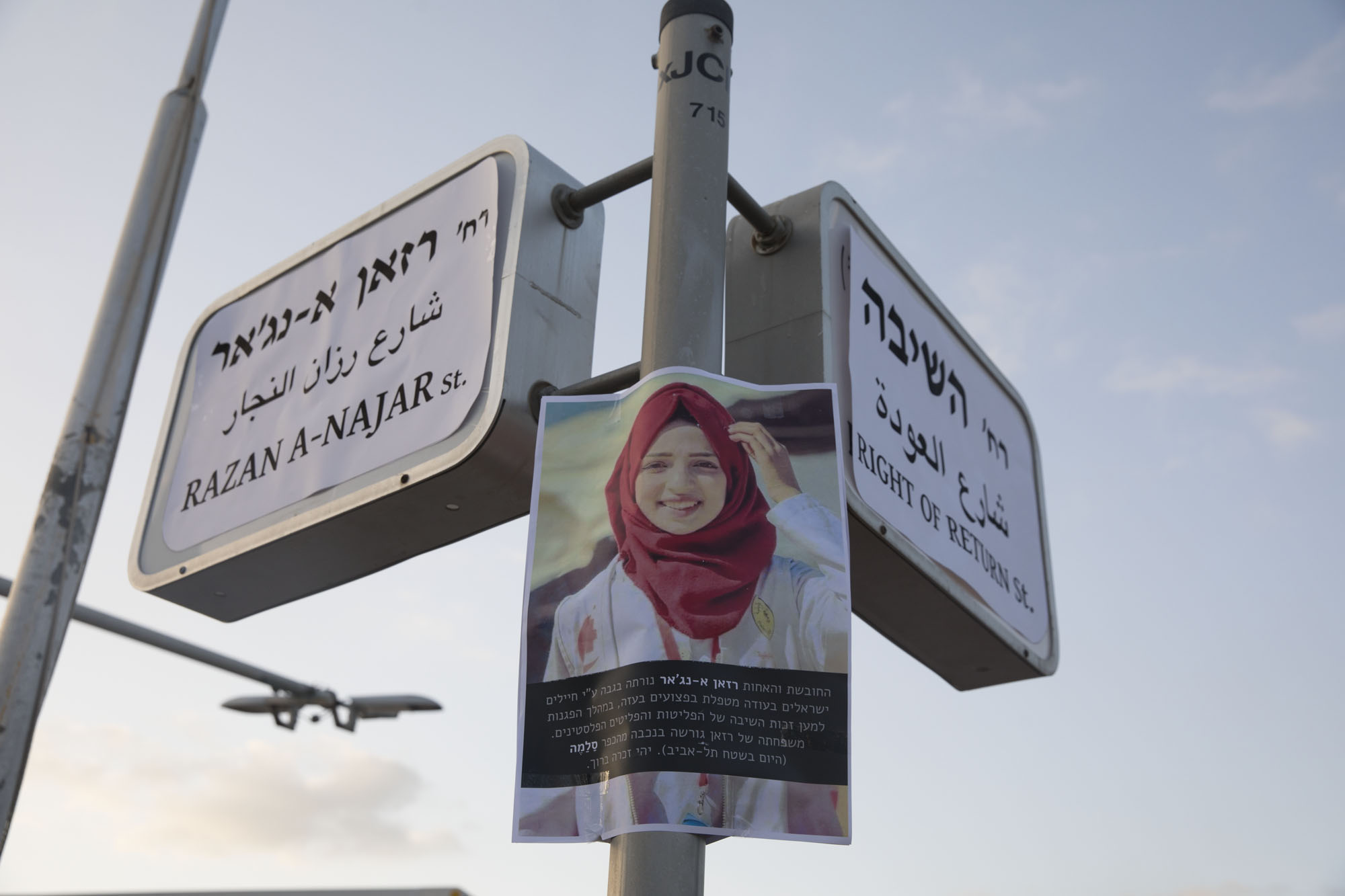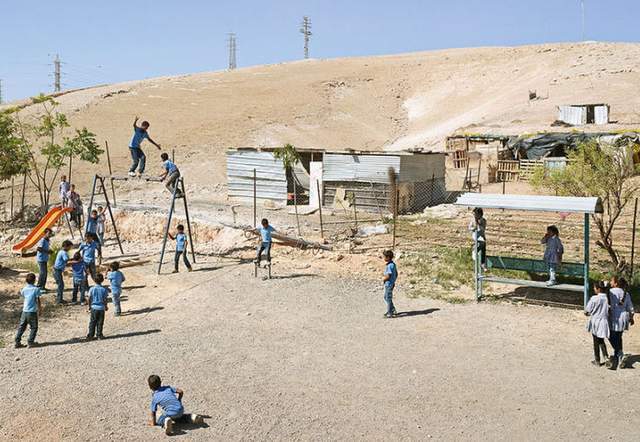Category: Video
-
Israeli and international protesters demonstrated at Gaza fence in solidarity with The Great Return March
20th July 2018 | Close to the Gaza fence Israeli and international protesters demonstrated at Gaza fence in solidarity with The Great Return March On the 20th of July, Friday afternoon, a group of anti-zionist Israeli and international solidarity activists approached the Gaza siege fence at the same time that Gazans gathered by the fence on…
-
Salama remembers Razan
In response to a call for solidarity from Gazan women, a Jewish activist group dubbed “Return” gathered to hold a memorial for Razan AlNajar, at the location of her village of origin, Salameh. While thousands of women marched towards the border in the Saja’iya area in Gaza, the activists held a ceremony honoring Razan and the protesters…
-
Khan al Ahmar watches the World Cup
26th June 2018 | International Solidarity Movement, Ramallah Team | Khan al Ahmar, occupied Palestine The Jahalin tribe of Khan al Ahmar were forcibly relocated by Israel from the Negev Desert in 1951. The village’s current site in Palestine is located between the illegal Israeli settlements of Ma’ale Adumim and Kfar Adumim. Israel wants to…



